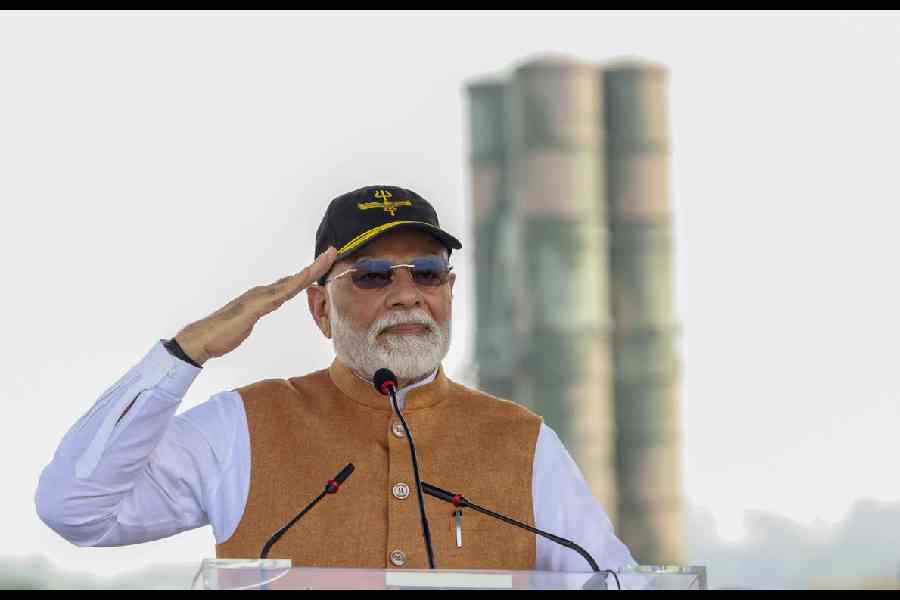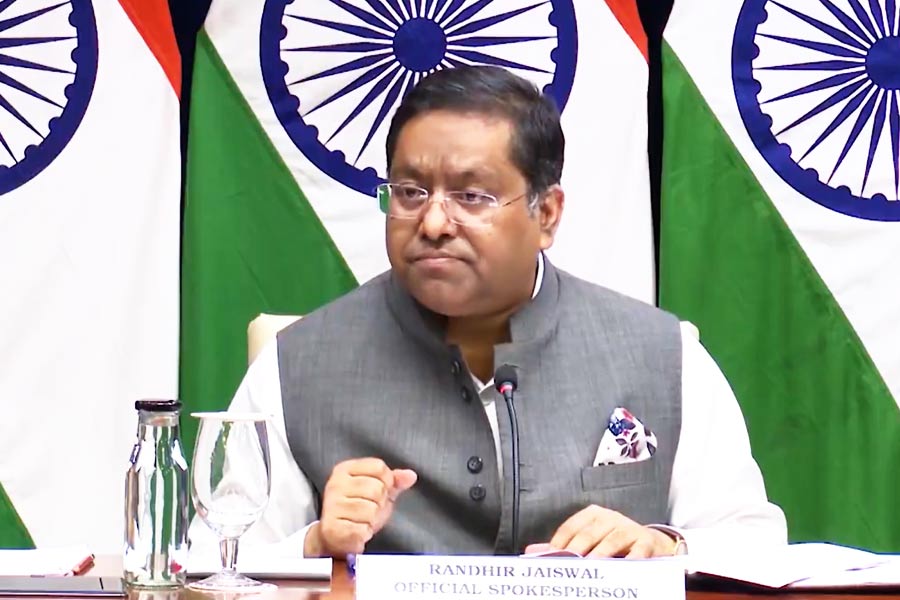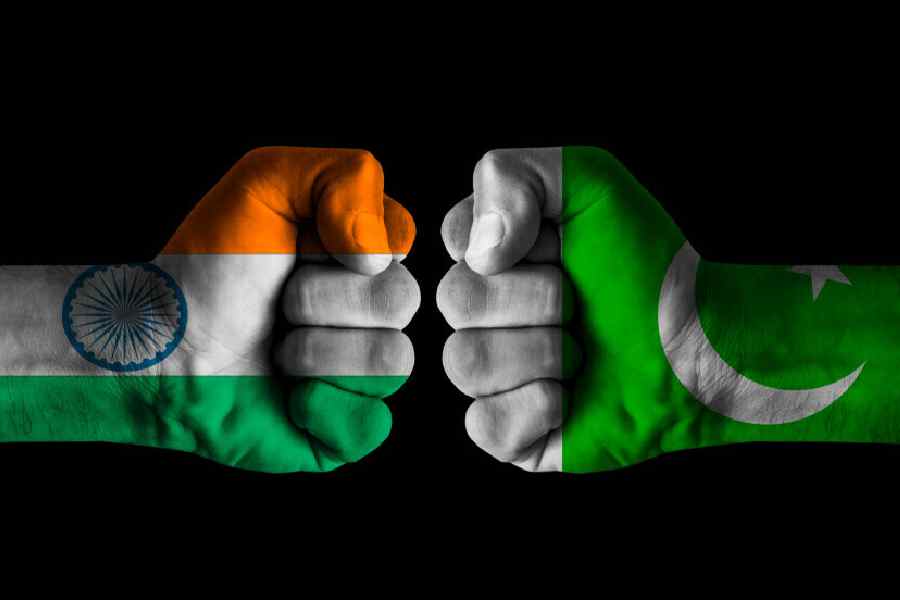|
|
| War games |
Political theorists have their own definitions of ?empire?, but one properly knows that a country or civilization is ?imperial? only when the interest of the rest of the world in its doings exceeds its own interest in the rest of the world. So it was with the Romans when their empire was riding high; so it later was with the British; and so it now is with the Americans. Our curiosity about their economy, their military, their customs and their culture comfortably exceeds their interest in how we shop, whom we shoot, what we wear or where we eat.
Only one area of American life has been largely free from this intense and often obsessive scrutiny; their sports. Indians and Iraqis, Australians and Azerbaijanis, know little and care less about the kinds of games that the imperialists play or watch when they are not eating, earning, drinking or shooting. Those who want to make good their deficiencies in this regard can now read Michael Mandelbaum?s new book, The Meaning of Sports: Why Americans Watch Baseball, Football, and Basketball and What They See When They do. Although published in America, and intended for an American audience, it can be read with profit by those of us touched in any way by American culture and history ? which, in the Year of Our Lord 2004, includes all of us, without exception.
The sports favoured by Americans share some distinctive characteristics. First, there is a very great emphasis on college sport. The Oxford/Cambridge match is now a joke ? far better cricket is played on the Calcutta Maidan ? but sporting contests between the top American university teams are of a very high standard indeed. Besides, they attract a quite extraordinary level of spectator interest. When asked what the duties of a University president were, the sociologist Clark Kerr ? at the time president of the University of California at Berkeley ? answered: ?To provide enough sex for the undergraduates, adequate parking for the faculty, and a good enough football team for the alumni.? When the local college team is good enough, up to 80,000 fans come to cheer it ? as many as would come to the Eden Gardens to watch India play Pakistan at cricket.
The best college players are then drafted into the professional sides. These teams are each based in a city; the New York Mets, the Green Bay Packers, the Boston Celtics, and so on. The allegiances of sports fans are thus to college and city, rather than to region or nation. However, the absence of nationalism in American sport is itself a form of nationalism. For the three major sports in the United States of America are not even minor sports anywhere else. These sports are baseball, (American) football, and basketball. In choosing to play sports unique to it, America underlines its claim to be different from the rest of humankind.
Michael Mandelbaum?s book probes intelligently into the history of American sport. His thesis is persuasive: that the three games loved by Americans each correspond to a distinctive phase in their history. Thus baseball was, and is, a ?remembrance of things past?; a reminder of the leisurely rhythms of a rural society, when life and work were not strictly bound by the clock. The green grass on which the game is played itself evokes the colour and texture of the farm. Next comes football, which is a product of, and itself embodies, the machine age. As in a factory, the deadlines of time are strict; and as in a factory, the different parts (or players) all have strictly defined roles which they cannot easily violate or transgress. Notably, the popularity of football reached its height in the middle decades of the last century, when America found itself engaged in a series of bloody wars. As Mandelbaum notes: ?If a football team is like an industrial enterprise, a football game is like a war?War involves the organized, deliberate use of force to attain a goal, often the control of territory. So does football.?
Finally we have basketball, the sport that best corresponds to the newest, ?post-industrial? stage of American history. While a typical factory worker did one task over and over again, a worker in the knowledge-economy must have a greater adaptability. Factory workers stayed put in one part of the factory: correspondingly, football players rarely venture out of their part of the field. But the basketball player must be equally conversant with defence and attack, adept in passing and blocking as much as in shooting. Thus in sport, as much as in the economy, the focus has decisively shifted from technology to innovation. But Mandelbaum also highlights another feature of basketball that makes it ?post-modern?; the fact that it is far more gender-sensitive than the other sports. Few women play baseball, and fewer still try their hand at football. Yet many women play basketball, and many more watch it.
Modern sport, argues Mandelbaum, is in many respects a modern religion. It provides a sense of coherence and meaning that the ancient faiths once provided. Among its attractions are that it feeds into a nostalgia for childhood ? when we did not have to labour, but could simply play ? and that it provides a pantheon of heroes whose achievements are transparent and based wholly on ability ? unlike, say, politicians or industrialists, who have got to where they are as much by crook as by hook.
Mandelbaum knows his sports; their techniques, their organization, their great players and great teams. This is a rich and immensely subtle work of historical sociology. Still, I wish it had been somewhat less parochial in its ambitions. While successful in explaining why Americans like their sports, he largely ignores the complementary, and equally interesting question ? why is it that the Americans do not much care for our sports (or we for theirs)? He does provide one clue; namely, that the competitive spirit of Americans orients them towards those games in which winner takes all. Soccer matches often end in draws; so, if somewhat less frequently, do cricket tests. But baseball and American football matches are played on until one side wins, and the other loses.
I myself believe that the sporting preferences of the Americans are a sign of their cultural backwardness. In terms both of technique and aesthetics, cricket is immeasurably superior to baseball, as soccer is to football. That is why those American sports do not have a ghost of a chance in the rest of the world (with the exception of American cultural dependencies like Japan and Central America, where baseball is popular). Somewhat better placed is basketball, which has been making steady strides outside North America ? this as a game is easy to pick up and play in schools and city neighbourhoods, a game quicker and faster than baseball, and not as coarse and brutal as football. Mandelbaum does not deal with the growing internationalization of the National Basketball Association ? in terms of viewership, and in terms of the players themselves. Basketball?s appeal outside America will increase with more such visible NBA stalwarts as the Chinese Yao Ming, the Sudanese Luol Deng, the German Dirk Nowitzki, the Serb Predrag Stojakovic, and the Argentinian Emmanuel Ginobili.
Still, there is little chance that basketball?s popularity will ever come close to that of soccer, which is, and will remain, the unquestioned world sport. More generally, America?s lack of success in exporting its sports is in notable contrast with the record of the previous world empire, Britain, whose games very soon became our games, too. India and Britain both play cricket, which might be one reason why the relations between the two countries are far less acrimonious than will be the case with America and Iraq, where the colonized adore a game (soccer) which their rulers do not much care for.
Although published earlier this year, Mandelbaum?s book was conceived well before the events of 9/11. Hence, perhaps, the suggestion in its closing pages that basketball?s pre-eminence is there to stay, since Americans do not indulge in that many wars anymore. Since then the world has witnessed the invasions of Afghanistan and Iraq. Will this presage a resurgence of interest in that most warlike of sports, American football? It is a worrying thought, and not just for Americans alone.











